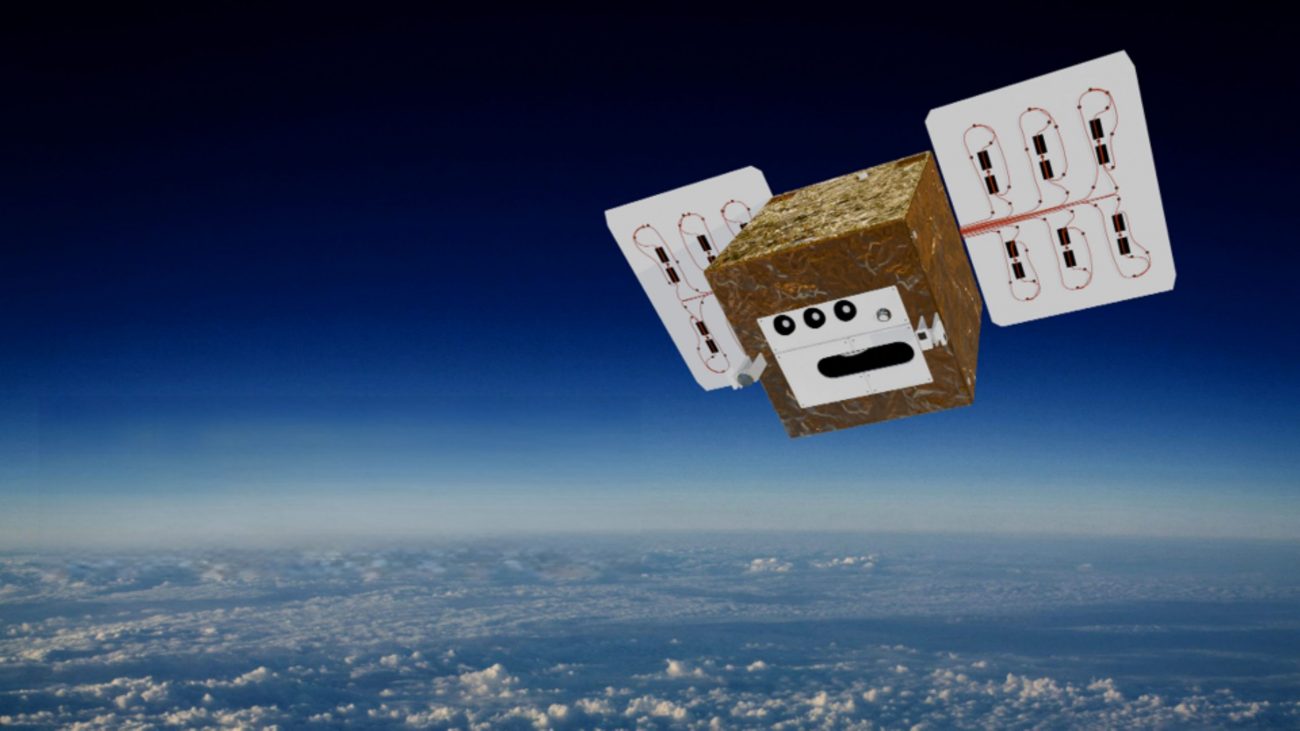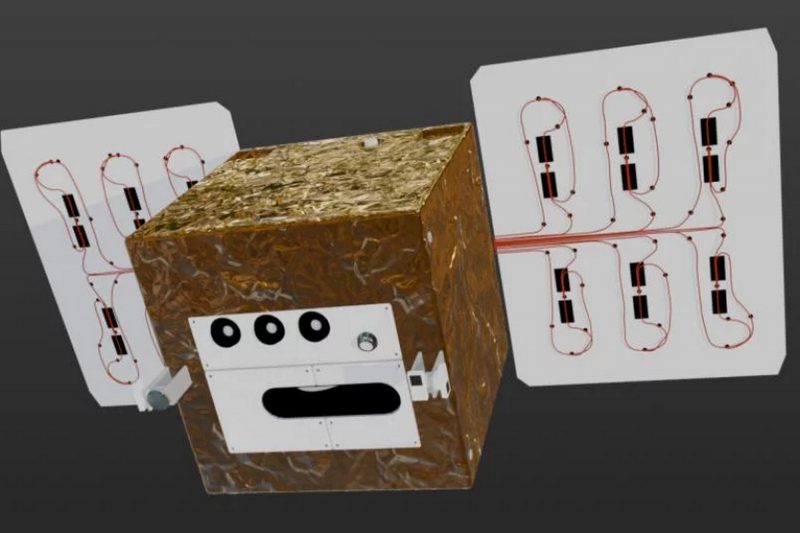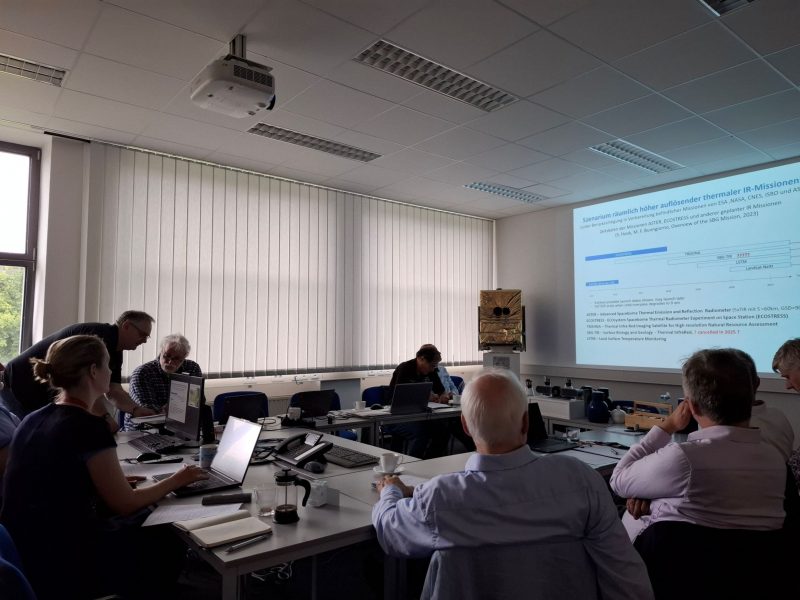
DIEGOSat-sensors
High-precision sensor technology – data that shapes the future
The heart of DIEGOSat beats in the form of a unique, multispectral sensor system that has been specially developed for maximum precision and versatility. With its combination of long-wave and mid-infrared bands, it not only provides temperature measurements, but also opens up a wide range of applications – from detecting the smallest fires to analyzing plant stress and observing urban heat islands. The DIEGOSat sensors are being developed by medium-sized German space companies, based not least on the extensive scientific and technical know-how gained in previous sensor developments for the German missions BIRD, FireBIRD, and EnMAP. With their high sensitivity and excellent spatial resolution, the sensors provide freely accessible scientific data with high precision for a large number of users in many areas of business and society. The free availability of DIEGOSat data is an important basis for sustainable decisions on how to treat our environment.



